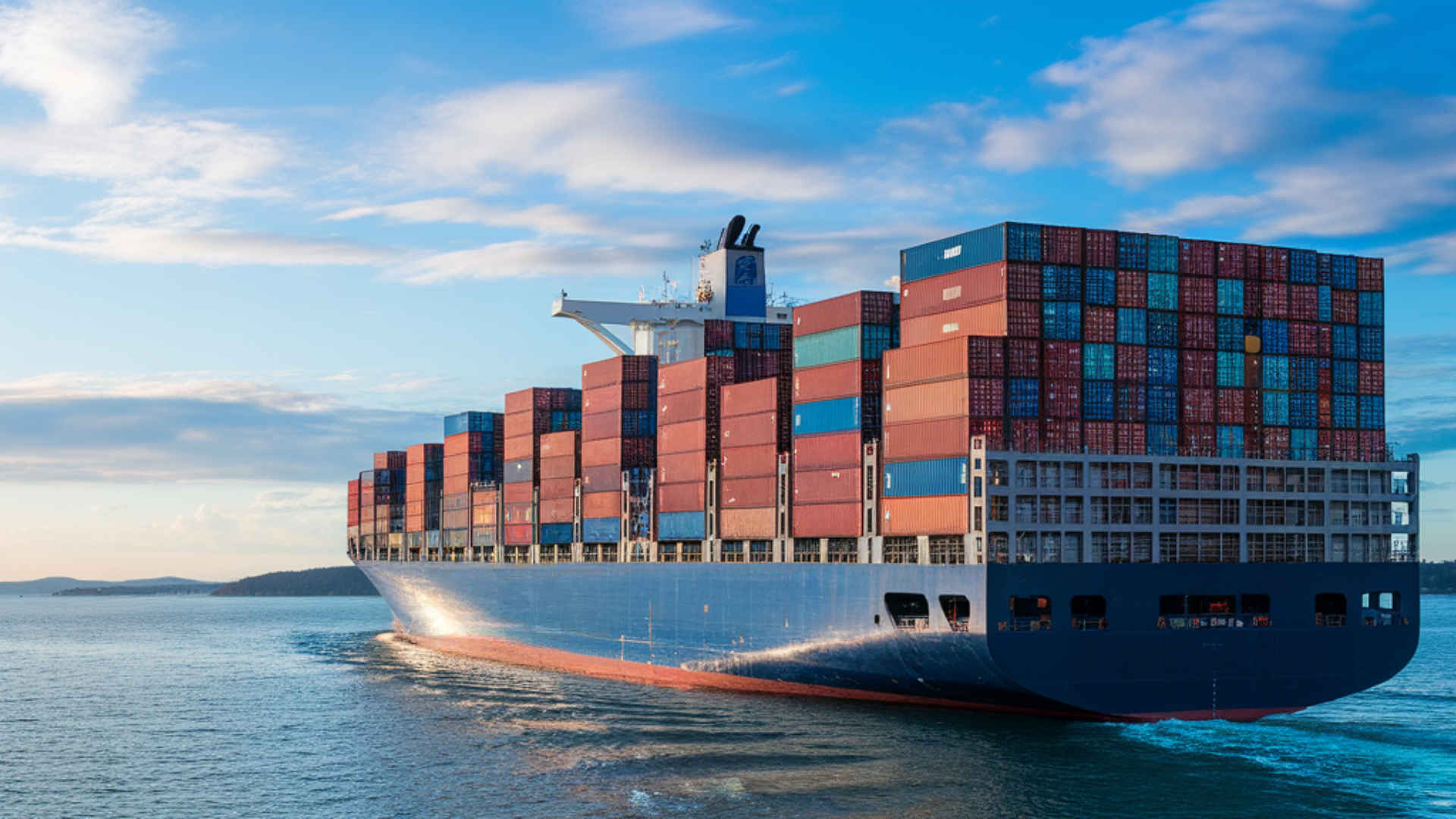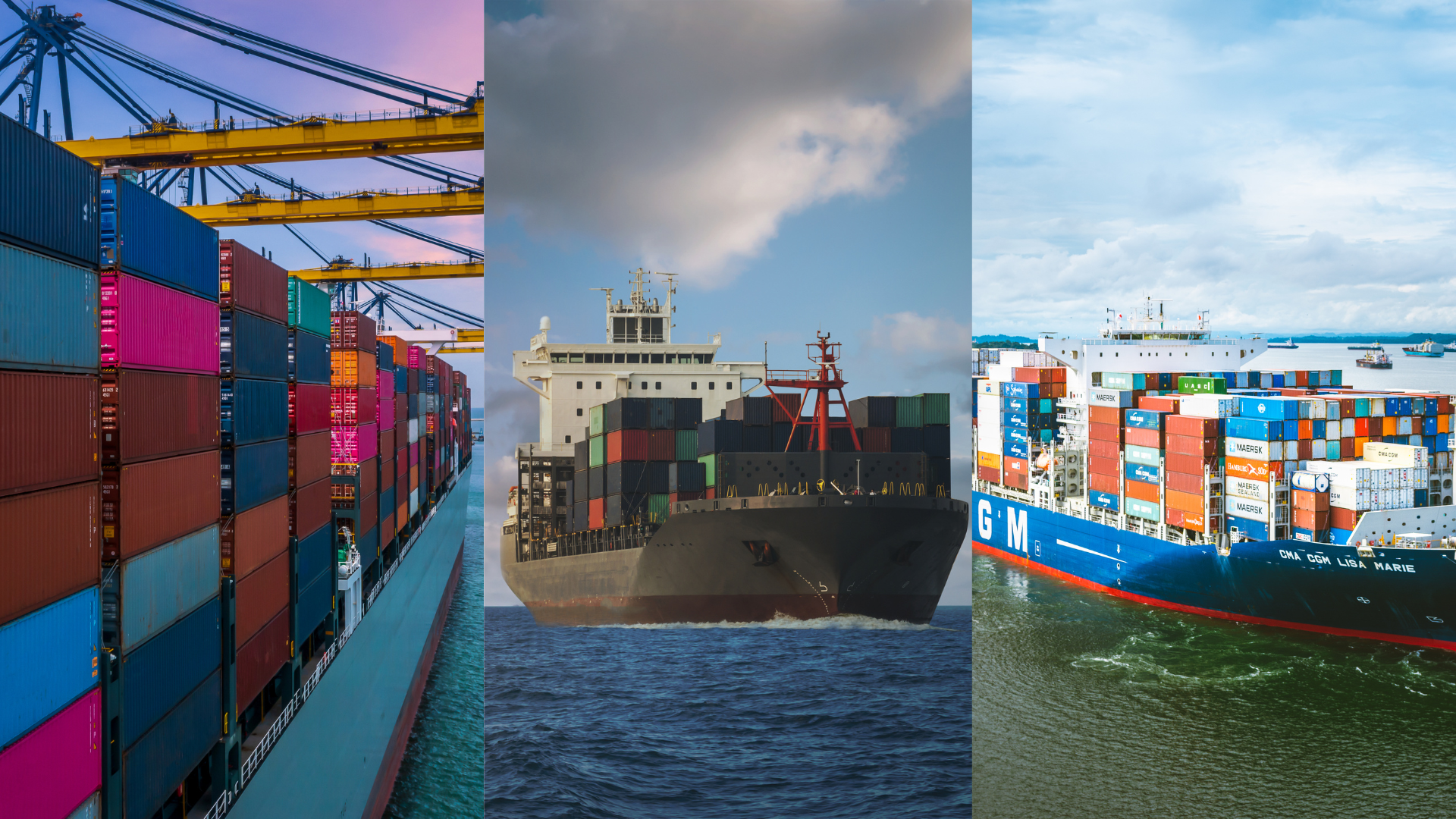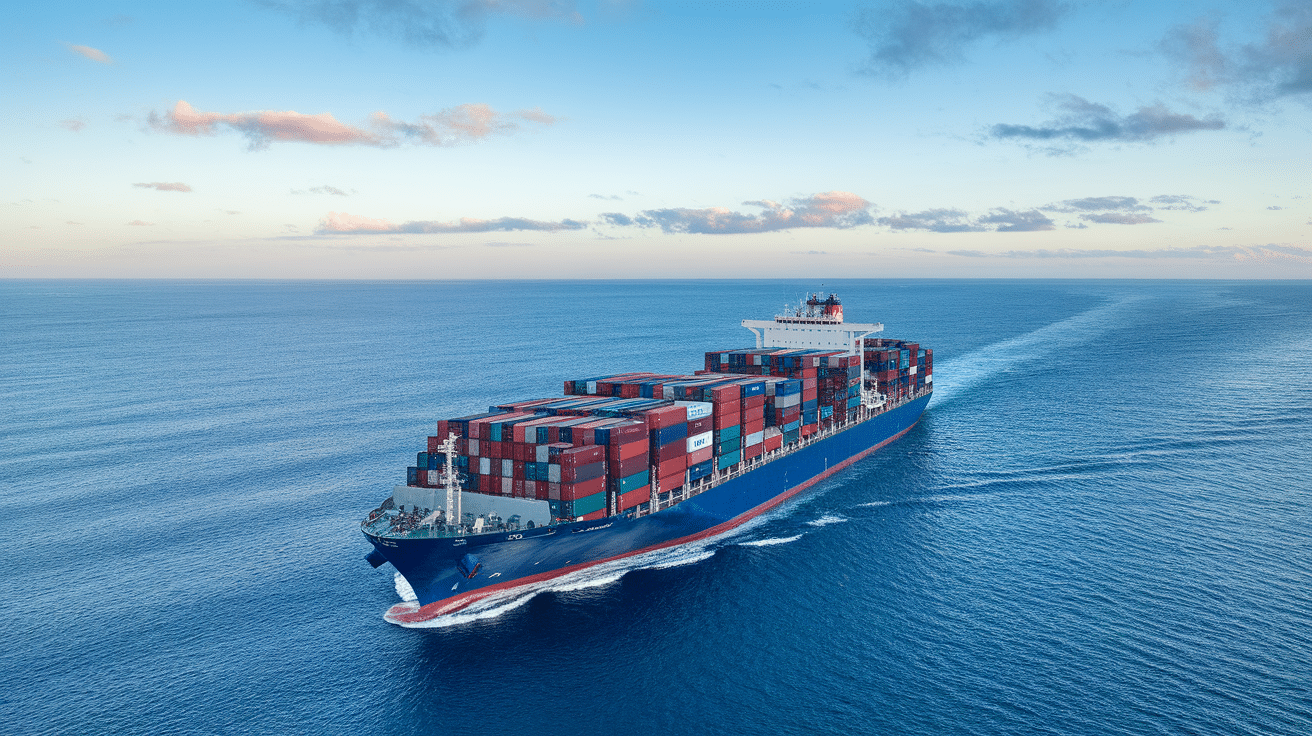I often get asked, “What does freight really mean?” It’s a word you hear all the time in shipping, business, and even everyday conversations, but it can feel a little confusing.
Freight isn’t just about trucks on the road or big ships at sea – it’s about how goods move from one place to another in bulk.
When I first started learning about shipping, I realized that freight is basically the backbone of global trade.
Whether it’s furniture, electronics, or raw materials, freight shipping makes sure products reach the right people.
In this post, I’ll break down the freight meaning, how freight shipping works, and why it’s so important for businesses and customers alike.
Understanding Freight Meaning and What It Covers
Freight simply means goods or products that are moved from one place to another, usually in large amounts. It can be carried by trucks, trains, ships, or airplanes.
Unlike small parcels or everyday packages, freight usually refers to bulk items that are too heavy or large for regular mail services.
The word can also mean the cost of moving those goods. So, when someone talks about “freight,” they might mean the cargo itself or the price paid to transport it.
In short, freight is all about the movement of big shipments in trade and business.
What is Freight Shipping?

Freight shipping is the process of moving large or heavy goods from one place to another, usually through trucks, trains, ships, or airplanes.
Unlike parcel shipping, which is for small packages, freight shipping handles bulk items that are too big for standard delivery services.
Products are often packed on pallets or in containers so they can be transported safely and efficiently.
Why Freight Shipping Matters:
- Keeps businesses supplied with the products they need.
- Moves goods in bulk, saving time and cost.
- Supports international trade and connects global markets.
- Ensures customers receive items that can’t be shipped as parcels.
- Plays a vital role in everyday supply chains.
Different Modes of Freight Shipping
Freight can move in different ways, and each mode has its own strengths. Let’s look at the main options:
| Mode | How It Works | Best For | Speed | Cost |
|---|---|---|---|---|
| Road (Trucks) | Goods move by trucks, either full load (FTL) or shared load (LTL). | Regional or flexible routes | Medium | Moderate |
| Rail | Cargo transported by trains across long land routes. | Heavy goods, inland shipping | Medium-Slow | Low |
| Sea (Ocean Freight) | Large containers shipped by cargo vessels. | International, bulky items | Slow | Cheapest |
| Air Freight | Goods flown by cargo planes. | Urgent or high-value items | Fastest | Highest |
Factors Influencing Freight Costs
I’ve noticed that freight costs aren’t the same for every shipment. Several key factors decide how much you’ll end up paying.
- Weight and Size: Heavier or bulkier shipments cost more.
- Distance: Longer routes usually mean higher charges.
- Mode of Transport: Air is fastest but most expensive; sea is cheapest but slowest.
- Freight Class/Density: Easier-to-handle items cost less than fragile or oversized goods.
- Season and Demand: Busy seasons or market changes can raise prices.
Understanding these factors helps you plan better and avoid surprise expenses.
Key Players in Freight Shipping
Freight shipping involves many people and companies working together. Each plays an important role in making sure goods reach their destination.
1. Shippers
Shippers are the businesses or individuals who need to move products. They could be manufacturers sending raw materials, retailers shipping goods to stores, or even small businesses fulfilling customer orders.
Shippers are the starting point of the freight process because they decide what needs to move, where it’s going, and when it must arrive. Without them, there would be no freight to transport in the first place.
2. Carriers
Carriers are the companies that actually move the freight. They provide the trucks, ships, planes, or trains that transport the goods.
Carriers are responsible for safe delivery, keeping shipments on time, and handling the physical journey. Some carriers specialize in certain modes, like trucking or air freight, while others cover multiple transport methods.
3. Freight Forwarders
Freight forwarders act as organizers and coordinators in the shipping process. They don’t move goods themselves but arrange transport by working with carriers.
Forwarders help shippers with complex routes, paperwork, and international shipping requirements. They can combine different modes, like sea and road, to make the delivery smoother.
For businesses shipping globally, forwarders are valuable because they simplify logistics and reduce stress by handling most of the planning.
4. Freight Brokers
Freight brokers serve as middlemen between shippers and carriers. They don’t own trucks or ships but use their networks to find carriers for shippers who need them.
Brokers are especially common in trucking, where demand and availability can change quickly. They make the connection, handle negotiations, and ensure that both sides agree on costs and terms.
5. Third-Party Logistics (3PL) Providers
3PL providers go beyond basic shipping. They offer end-to-end solutions that include warehousing, inventory management, order fulfillment, and freight transport.
Many businesses rely on 3PLs to handle all of their logistics so they can focus on sales and growth. These providers bring expertise, technology, and scale to manage supply chains more effectively.
By combining multiple services, 3PLs help companies save time, reduce costs, and improve customer delivery experiences.
Freight, Transportation, and Cargo: How They Differ

I’ve often seen people mix up freight, transportation, and cargo. To make it clearer, here’s a simple breakdown of how they differ:
| Term | Meaning | Key Points |
|---|---|---|
| Freight | Goods or products shipped in bulk; can also mean the cost of moving them | – Common in business and trade – Too large for standard parcel shipping |
| Transportation | The act of moving people or goods by road, rail, sea, or air | – Covers personal travel and shipping – Freight is one part of transportation |
| Cargo | General term for goods carried by ship, plane, truck, or train | – Often used in air and sea shipping – Can include smaller loads – Broader than “freight” |
Looking at it this way makes the differences easier to see, so you know exactly which term fits each situation.
Decision Factors: Choosing Your Freight Strategy
Picking the right freight option depends on more than just cost. A few key points can help guide the decision.
- Shipment Size & Weight: Small loads may work best with LTL, while large shipments need FTL or containers.
- Speed vs. Cost: Air is fastest but pricey, while sea and rail save money if time isn’t urgent.
- Route & Mode Suitability: Some areas are better served by trucks, others by sea or multimodal options.
- Reliability of Carriers: Trusted carriers reduce the risks of delays or damage.
- Paperwork & Terms: Incoterms and clear documentation help avoid confusion in international trade.
By weighing these factors, you can choose a freight strategy that balances cost, speed, and reliability.
Conclusion
Freight and freight shipping are at the core of global trade, moving everything from raw materials to finished products.
For me, freight’s meaning goes beyond transportation; it’s what keeps supply chains steady and businesses connected to their customers. Whether by road, rail, sea, or air, every shipment plays a role in meeting daily needs.
Understanding freight helps you make smarter choices about cost, speed, and reliability, while also avoiding unnecessary stress. With the right strategy, it becomes easier to keep goods moving safely and on time.
For more practical guides on shipping, logistics, and transport strategies, read my other blogs to find advice you can put into action today.















